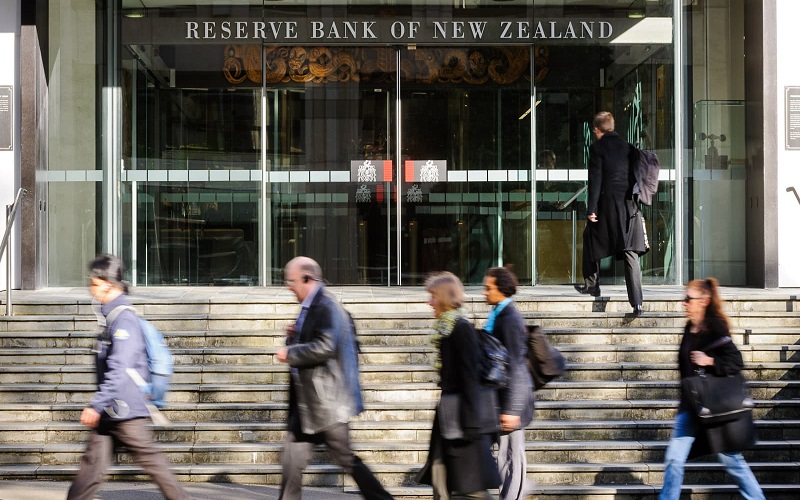The main reason behind central banks’ rates hike
Some central banks around the world started to raise rates after a long time of the accommodative monetary policy. What is the reason for this rates hike?

The Reserve Bank of New Zealand (RBNZ) is seen hiking rates from next month and its own projections put the OCR at 2%.
One point I’ve been very keen to stress since the Covid-19 pandemic broke is the huge uncertainty faced by policymakers, and hence financial markets try to second-guess policy changes. Not only is the pandemic a once-in-a-century event, but it is a supply shock and policymakers don’t have much experience dealing with the consequences of adverse supply shocks, which include weaker growth and higher inflation. At a minimum, it means that we should be reticent to rely as much on policymakers’ forecasts as we might have done during more “normal times”. This is not a criticism of policymakers; they would probably be the first to admit that they are less certain about the outlook than they have ever been. Another way we can see this uncertainty is to look at the vastly different policy prescriptions from central banks that, on the surface at least, seem to face very similar economic backdrops.
Australia and New Zealand are clearly geographically close and their economic backdrops and policy targets might not seem far different either, but the Reserve Bank of Australia (RBA) believes that rates won’t start to rise until 2024 at the earliest, while the Reserve Bank of New Zealand (RBNZ) is seen hiking rates from next month and its own projections put the OCR at 2% (from 0.25% right now) before the RBA makes its first hike (its current rate is 0.10%). A similar thing appeared in Sweden and Norway.
Again, two seemingly close countries with broadly the same monetary policy objectives, and yet Norges Bank (Norway) has already made its first hike (to 0.25%) and sees rates up to 1.4% by the end of 2023, whereas the Riksbank (Sweden) projects no rate hikes right through its forecasting period out to 2024. Now, of course, there are differences between what’s happening in Sweden and Norway that make Norges Bank more hawkish, and the same thing when it comes to Australia and NZ, but it strikes us that these differences are short-term in nature and still don’t explain the gulf in policy forecasts.
If we take Sweden and Norway first, we know that inflation in Norway is elevated compared to Sweden with Norges Bank’s forecast for this year at 3.2% compared to the 2.3% that the Riksbank predicts. If we look at New Zealand and Australia, we see similar figures (4.1% for the RBNZ 2021 forecast against 2.5% from the RBA). But the real clue to the policy discrepancy here seems less to do with the numbers being forecast than the balance of risks that policymakers place on the various outcomes. For instance, RBNZ Deputy Governor Hawkesby recently described the bank’s intentions as following a “least regrets policy”. While this seemed to involve erring towards excessive monetary stimulation during the height of the Covid outbreak last year, it now seems to imply a much more cautious approach; hence the expectation that rates will start to rise from October. The RBA does not seem to have any such policy. It seems to want to see the whites of inflation’s eyes before hiking, or at least feel confident that the pace of wage increases (which are currently running at record lows) is consistent with achieving the 2-3% CPI target over time. There are also differences on the labor side as the desire for full employment in the two countries seems much easier to achieve in NZ than Australia, partly because of Covid-related factors such as low migration.
The point is that there are clear reasons why the RBNZ should be ahead of the RBA in tightening, and Norges Bank ahead of the Riksbank. But should these gaps be as much as 2-3 years? Mr. Steve Barrow, Head of Standard Bank G10 Strategy said he would find that hard to believe. Instead, one set of policymakers will be wrong and have to adjust forecasts – and the market will have to adjust with it. “We suspect that the very dovish central banks will have to become a bit tougher. The same could apply to other central banks around the world where these country-to-country comparisons are less obvious. If we are right about this, we are likely to see money market rates and bond yields move higher”, Mr. Steve Barrow stressed.








